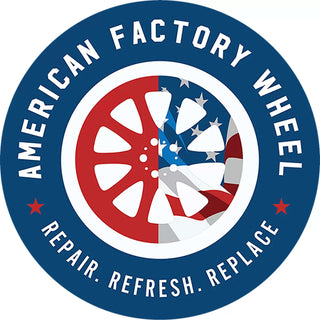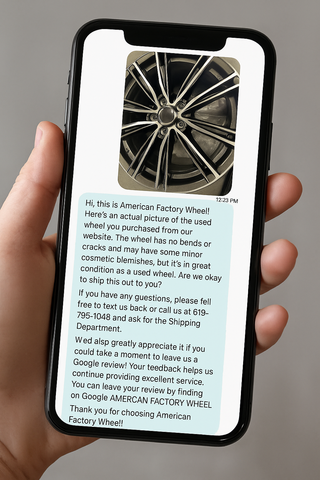-
Product description
STLBU511516U45-1372
Product Type : Wheel/Rim (Single)
Interchange Number: 8032
Year Make Model
Buick LeSabre 2002 - 2004
Cadillac Deville 2000 - 2005
Chevrolet Impala 2000 - 2005
Chevrolet Monte-Carlo 2002 - 2005
Buick Rendezvous 2002 - 2004
Chevrolet Venture 2001 - 2003
Oldsmobile Silhouette 2001 - 2003
Pontiac Montana 2001 - 2003
Oldsmobile Aurora 2001 - 2002
Pontiac Aztek 2001 - 2002
Pontiac Bonneville 2000 - 2004
Cadillac Seville 1998 - 2004
Buick Park Avenue 1997 - 2004
Fitment: Front or Rear
Material: Steel
Style: 12 Hole
Finish: Black
Size: 16x4
Bolt Pattern: 5x115 mm
Offset: N/A
Indents: RJD
OE Part Number: 9592487
Notes: Center Cap And Tpms Not Included
Product description
Product Type : Wheel/Rim (Single)
Interchange Number: 8032
Year Make Model
Buick LeSabre 2002 - 2004
Cadillac Deville 2000 - 2005
Chevrolet Impala 2000 - 2005
Chevrolet Monte-Carlo 2002 - 2005
Buick Rendezvous 2002 - 2004
Chevrolet Venture 2001 - 2003
Oldsmobile Silhouette 2001 - 2003
Pontiac Montana 2001 - 2003
Oldsmobile Aurora 2001 - 2002
Pontiac Aztek 2001 - 2002
Pontiac Bonneville 2000 - 2004
Cadillac Seville 1998 - 2004
Buick Park Avenue 1997 - 2004
Fitment: Front or Rear
Material: Steel
Style: 12 Hole
Finish: Black
Size: 16x4
Bolt Pattern: 5x115 mm
Offset: N/A
Indents: RJD
OE Part Number: 9592487
Notes: Center Cap And Tpms Not Included
What's The diference Between a Wheel and a Rim?
The terms "rim" and "wheel" are often used interchangeably because, in most contexts, they appear to refer to the same thing—the circular metal component of a vehicle that holds and secures the tire. However, while they are closely related, there are subtle distinctions between the two.
A rim specifically refers to the outer edge of the wheel where the tire sits. It plays a crucial role in sealing the tire bead, ensuring a secure fit, and maintaining proper air pressure. The rim's design can influence the tire's performance, affecting aspects like handling and ride quality.
On the other hand, the wheel encompasses the entire structure, including the rim, spokes, hub, and any other supporting parts. This complete assembly connects to the vehicle’s axle, transmitting power from the drivetrain to the road surface, enabling movement and steering.
In automotive conversations, many people refer to "wheels" when discussing aesthetic upgrades or performance enhancements, while "rims" are often highlighted in contexts involving tire fitting or design modifications. For example, custom rims can add a sleek, personalized look to a vehicle, but upgrading the entire wheel can improve durability, load capacity, and overall driving dynamics.
The confusion between these terms often stems from industry jargon and regional variations. However, whether you're shopping for new wheels or looking to replace your rims, it's essential to know that both terms generally point to the metal assembly that supports and secures the tire, ensuring a smooth and controlled ride.


